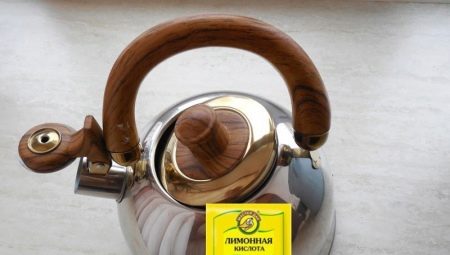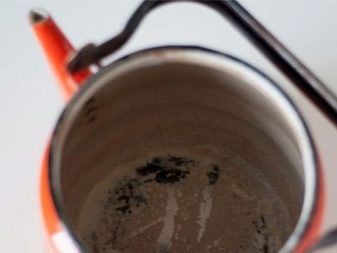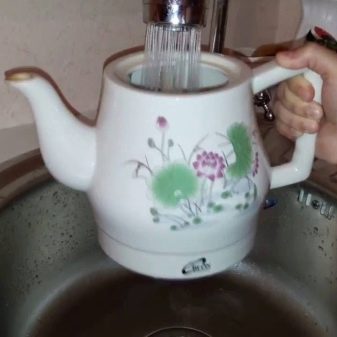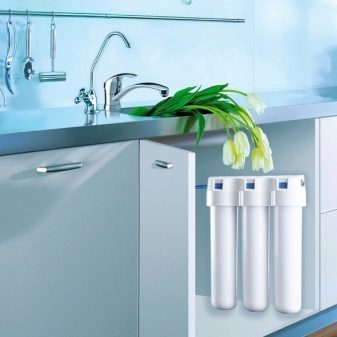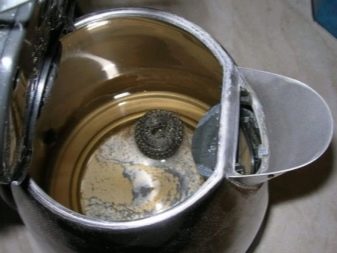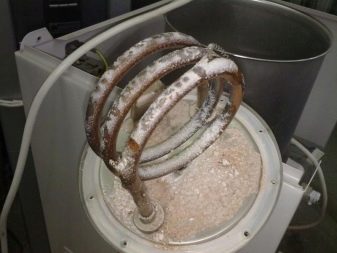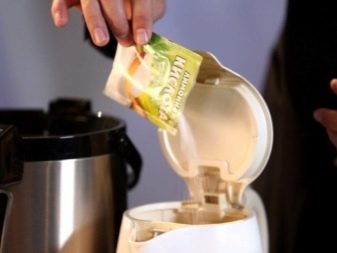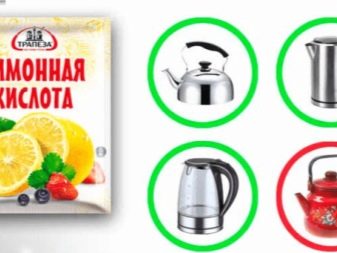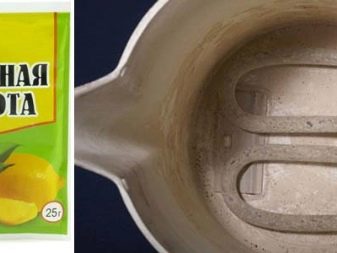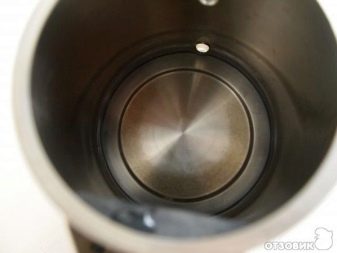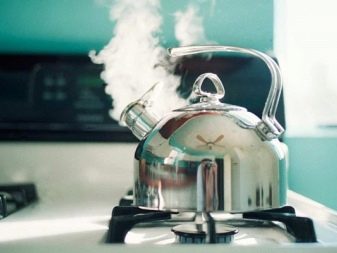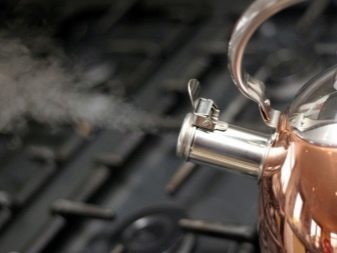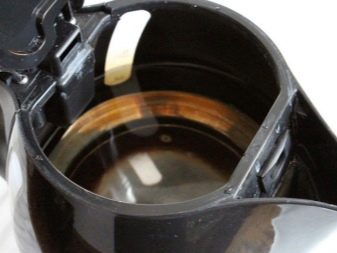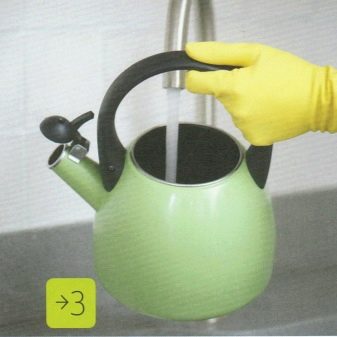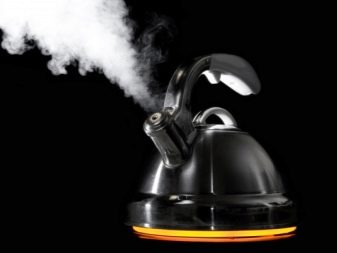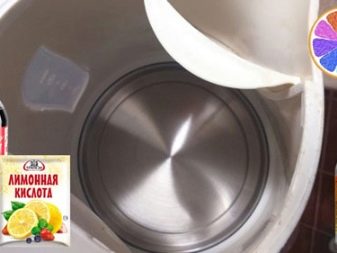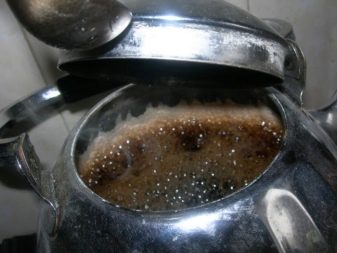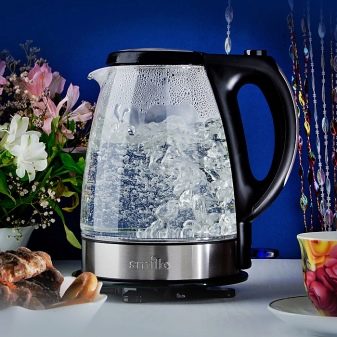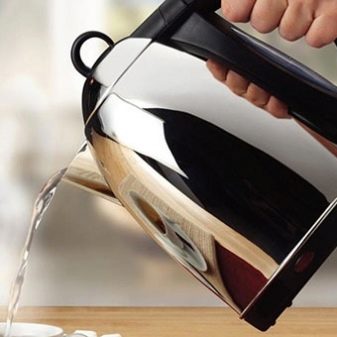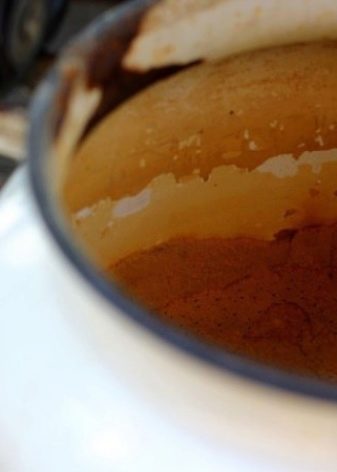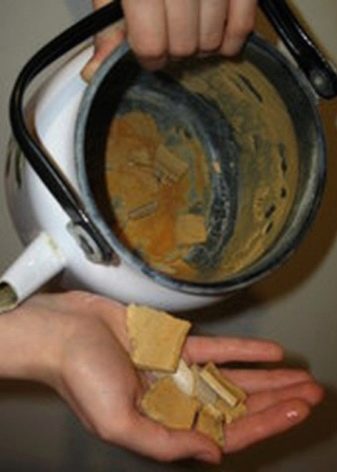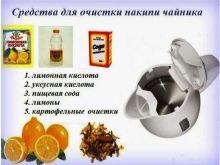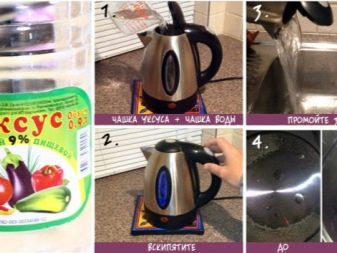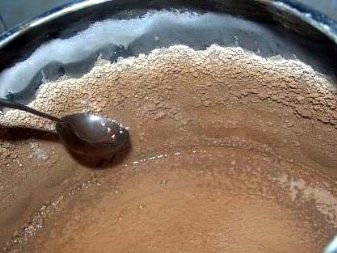No matter how clean the water is, when it is boiled in a kettle every now and then a scum will form. It is a lime-salt sediment, which gradually accumulates on the walls of the vessel and heating elements, which leads to their destruction.
In addition, scum adversely affects human health, so it must be eliminated by regular cleaning.
In order to clean the kettle inside from lime and salt deposits, it is not necessary to purchase special products containing aggressive chemicals. To do this, you can use the usual citric acid.
Features
Tap water contains a large amount of impurities that enter it during the passage of several stages of cleaning necessary to eliminate debris and disinfection. But at the same time, the liquid becomes more rigid, therefore it is not recommended to use it raw. Thanks to modern filters at home, water can be cleaned of most of the impurities, including chlorine and heavy metals, but they are not able to rid it of lime. However, the amount of sediment in the filtered liquid will form much less.
The precipitate, which appears as a result of boiling water, gradually accumulates on the inner surfaces of the kettle and over time forms dense salt layers. Scale helps to reduce the heat transfer of materials, so as a result of heating the vessel becomes heated and simply bursts. If an electric kettle is used in the house, then its heating element usually fails, since it is on it that lime-salt deposits accumulate.
Mandatory elimination of scale caused not only damage to the dishes, but also a negative impact on human health. When drinking water from an unpurified kettle, lime-salt sediment will enter the body, leading to the development of diseases of the stomach, liver and kidneys.
Benefits
Descaling with citric acid is not only effective, but also safe. After using special cleaning agents, the kettle must be thoroughly washed and boiled water several times in it to completely get rid of the chemicals. Otherwise, aggressive elements will enter the body, which can lead to poisoning, allergic reactions or chemical burns of mucous membranes. While after applying citric acid, the vessel will be sufficiently washed under running water.
A dense layer of scale corrodes metal, leaving cracks, chips and scratches on it that cannot be seen with the naked eye. If the damaged elements are exposed to aggressive substances contained in detergents, the speed of their destruction will increase several times. In addition, particles of chemicals will remain in small cracks and will certainly enter the human body along with water.
Citric acid will gently clean the electric, metal, glass and enamel kettle. At the same time, after the procedure, not only lime-salt sediment will remain, but also harmful particles. It should also be noted the availability of this method of descaling, because 1-2 bags of citric acid will be much cheaperthan a special cleaner.
Removing a thin layer of scale
To clean the kettle from a thin layer of limescale, requires a minimum amount of time and effort. But it should be noted that the effectiveness of the procedure will depend on the proportions of citric acid in relation to the liquid. For each liter of water should be taken 40 g of crystallized acid. You can also use 1-2 medium sized lemons, which should be cut into large cubes beforehand.
The tank to be cleaned does not have to be completely filled with water. its level should be sufficient to cover only the surface with scum.
The kettle filled with lemon liquid should be put on the stove and bring the contents to a boil. Then you should open the lid and continue to boil water on low heat for about 2-3 minutes. When removing the plaque from the kettle, the solution with citric acid should be boiled again 3 minutes after the first cycle. In the latter case, the lid utensils do not need to open.
The kettle with hot water does not need to be washed immediately, should be allowed to cool naturally. During cooling, citric acid will gradually corrode scale. Cooled turbid liquid together with particles of lime-salt scale should be poured. If after the procedure there are traces of plaque on the walls and the heating element, it is recommended to repeat the cleaning. In addition, if even a part of the scale was not removed from the first time, the concentration of citric acid should be doubled.
After complete descaling, the cleaning procedure can be completed. Kettle must be thoroughly cleaned with a sponge for washing dishes with detergent. Then, the first and second water after boiling need to be poured out, and only from the third cycle will it be usable.
A similar procedure can be carried out using carbonated drinks, for example, lemonade, which do not have a bright color. They contain citric and phosphoric acids, which have a devastating effect on limescale deposits. Contaminated kettle should be filled with soda and leave it with the lid open until the gases are completely out - about 2 hours. Then the liquid is brought to a boil and left to cool, as is the case with lemon solution.
Removing a thick layer of plaque
Despite the effectiveness of citric acid, to remove a thick layer of scale it should be used with vinegar. It should be noted that this cleaning is more aggressive, therefore It is important to carry out the procedure correctly so as not to break the kettle and not to harm the body.
It is recommended to use citric acid together with vinegar for cleaning stainless steel or enamelled dishes.
This method is also suitable for electrical appliances, provided that they are equipped with a hidden heating element, because otherwise its electroplated coating can be damaged. In addition, it is undesirable to remove scale with vinegar in plastic containers.
For the procedure, you will need table vinegar in the amount of 0.5 cups per 1 liter of water, and 60 g of citric acid. First, fill the kettle with vinegar and leave it for 20 minutes. Then citric acid is added to the liquid and brought to a boil, then boil for several minutes with the lid ajar.
If the kettle is cleaned, boil the water with the lid closed. twice with an interval of 3 minutes. Hot lemon-vinegar solution should cool down, and only after that it can be poured. If the scale has not been completely eliminated, the procedure should be repeated, but if it has been safely removed, the tank should be thoroughly washed with detergent and boiled several portions of water in it.
Long-term pollution
Getting rid of multi-layered dense scale is the most difficult task. As a rule, such a neglected state is observed in old enameled teapots.Thick layers of lime are often eaten into the walls of the kettle so much that if they are removed, thinning of the metal and even cracks can be noticed. In no case can not scrape layers of scale, as this would entail even greater damage to the internal surfaces of the container.
To eliminate the multi-layered plaque, you need baking soda, citric acid, as well as apple or grape vinegar. First, in the kettle you need to fill the water with soda in the calculation of 2 tbsp. l powder per liter of water and boil the contents for about 20 minutes over low heat. Then soda solution should be drained, rinse the kettle and pour it with water with citric acid in the calculation of 60 g of dry matter per liter of water. The liquid should be boiled for 5-7 minutes, then leave it in a container until it cools completely.
The above steps should be performed twice to loosen the scale well. Only after this rinse the kettle thoroughly and proceed to the third part of the procedure - acetic treatment. Apple or grape vinegar is poured into the kettle for 1/3 of its volume and 2/3 of the water is added. The liquid must be boiled over low heat for at least half an hour. It should be noted that during the cleaning of the kettle the room must be constantly ventilated from vinegar.
After half an hour the multilayered scum will become pasty and it can be easily removed with a wooden or plastic spatula. At the end of the procedure, the container should be thoroughly washed with a sponge with detergent and boiled several portions of water in it.
Prevention
To prevent the layering of lime-salt sediment inside the kettle, it is necessary to regularly carry out preventive cleaning. To do this, fill the tank with water and add citric acid in the amount of 1 tbsp. l dry matter for each glass of liquid. The resulting solution is left in the kettle for 2 hours, after which it is thoroughly washed with a sponge and detergent.
The procedure should be repeated twice a month, if the tap water has a high stiffness. If the water is soft, then prevention can be carried out 1 time in 2-3 months. It is important to remember that after each cleaning it is necessary to thoroughly wash the kettle from acid residues and sediment.
How to clean the kettle with citric acid, see the next video.
